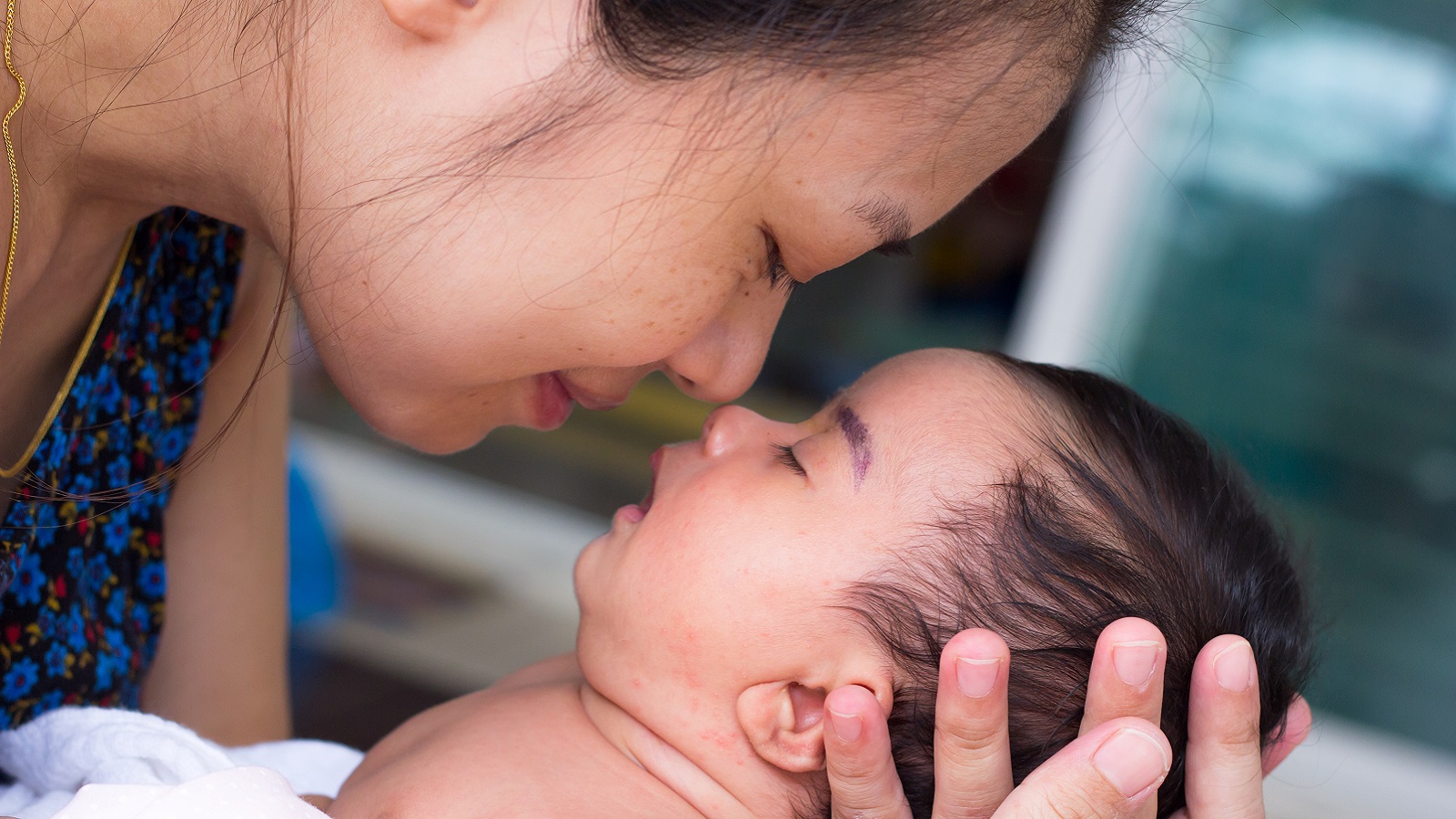The time reads 8:30 am. Walking down the pediatric wards as a third-year medical student, it is easy to get lost in the routine. Step by step with the rest of the medical team on morning rounds, I report an elevated direct bilirubin outside the patient room of a young newborn whose liver is looking a little “junky” to say the least. “His belly is soft and non-distended,” I report.
Inside the room is the father, who has steadfastly been exchanging shifts with the mother throughout the course of each day to make sure that someone is with baby at all times. We continue the oral presentation and take note of plans for baby to undergo a liver biopsy with the interventional radiology team to obtain a more definitive diagnosis. Earlier that morning I knocked on the door, walking into the dark patient room before the crack of dawn and rousing the dad from his less-than-ideal sleep. Baby boy is sleeping peacefully in his bed. I briefly ask the dad how baby was doing overnight and whether he had any concerns to address with the medical team. Before he answers I notice concentric bags under both his eyes, yet he manages a brief smile. “Nothing really, he had a couple of poops overnight but other than that he’s been chugging down his milk,” he replies. Dad mentions that he will be leaving around nine this morning since he needs to go to work and that his wife would be coming in thereafter. He elicits one more smile through fatigued eyes and mentions “I appreciate you and the medical team, thank you.”
Baby boy has been in the hospital since the beginning of his life. Baby’s parents have been working days and been in the hospital overnight, and vice versa. There has been lots of complex care coordination amongst the hospitalist, gastrointestinal, interventional radiology, and social work teams. The liver biopsy is completed, and baby is returned to his patient room cocooned within a white blanket.
Knock-knock. Nursing staff, phlebotomists, physicians, and students come into the room at regular intervals without apparent end. Two days later I talk with mom, who has been here with baby and is understandably eager to go home. Speaking through exhausted and tearful eyes, mom explains to me that she is angry and frustrated that she and her baby need to stay in the hospital while awaiting final pathology results.
At this point, the resident physician and I prepare ourselves for a difficult conversation, understanding that the bigger goal at hand is reconciliation with the mother who has every right to be frustrated. Knock-knock. We enter the room and notice tears streaming down her face, baby boy being nursed in her arms. “We understand that more days in the hospital is not what you wanted to hear.” Mom expresses her frustration of some lapses in communication and a persistently delayed discharge date for baby boy. In between sentences, the silence in the room is deafening.
Mom continues and expresses that they shouldn’t need to be in the hospital if the biopsy is unlikely to be anything serious. At eye-level and kneeling, we begin to explain. “You are right to be frustrated. At the same time, we want to make sure that we rule out more serious disorders, like biliary atresia, before baby goes home.” We explain our thought process and utilize illustrations to define biliary atresia. Mom looks at the drawing and nods, as another tear streams down her cheek. It’s in this moment that I realize the goal of difficult conversations is not to have everyone smiling ear to ear; rather, it is to validate concerns and have a mutual understanding.
While I’m still early in my journey, I’ve learned lessons in communicating with patients and families in the hospital. What’s ordinary for us, as physicians and physicians-in-training, are extraordinary circumstances for our patients and their families.
Despite the frustrations from unintended delays in care, extended hospital stays, or coordinating complex care plans, conversations will always rest on the foundation that the welfare of the patient is prioritized first. For that, I will always remember to enter each room with a sense of humility, understanding that the occupants on the other side of the door could very well be experiencing some of the worst and most stressful days of their lives.
The next morning, I walk down the hall with the rest of the team to the next patient room, report, “We have Ms. X, a 15-year-old girl with no past medical history who was admitted for two weeks of hematochezia and severe abdominal pain, now being worked up for possible inflammatory bowel disease,” and approach the door. Knock-knock.
**Feature photo obtained with standard license on Shutterstock.
Interested in other articles like this? Subscribe to our monthly newsletter
Interested in contributing to the Primary Care Review? Review our submission guidelines

Justin Ong, BS, is a third-year medical student at The George Washington University School of Medicine & Health Sciences in Washington, DC. He graduated from the University of California, Irvine with a Bachelor of Science in Biological Sciences and a minor in cognitive psychology. He served with AmeriCorps in under-resourced pre-K classrooms in suburban Los Angeles during his undergraduate studies and has continued passions in LatinX community outreach and medical education.
- Share
-
Permalink


